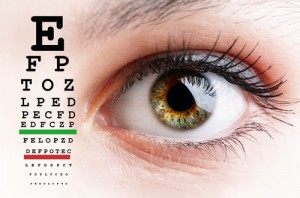What Makes a Person Nearsighted or Farsighted?

These eye conditions typically happen during childhood as the eye continues to develop, though they can also occur during adulthood from visual stress or health problems like diabetes. When you’re nearsighted, this means you can see close-up objects clearly, but they appear blurry when far away. This results from either the eye shape being too long or the cornea being overly curved. Farsightedness, on the other hand, means you can see objects far away, but they are blurry when nearby. This is due to either the eyeball being too short or the cornea not being curved enough.
Whether you suffer from nearsightedness or farsightedness, there are different treatment options available to correct your vision. All ages can opt for glasses or contact lenses to alter the way light enters the eye, allowing you to focus better. Adults have the additional option of laser eye correction, like LASIK or PRK, as well as Implantable Collamer Lens (ICL).
Mild cases of either condition may not require treatment, or you may only need to wear corrective lenses at specific times, like driving or reading. For more information about nearsightedness and farsightedness, or if you would like to schedule a comprehensive eye exam, please contact Eye Doctors of Washington.
